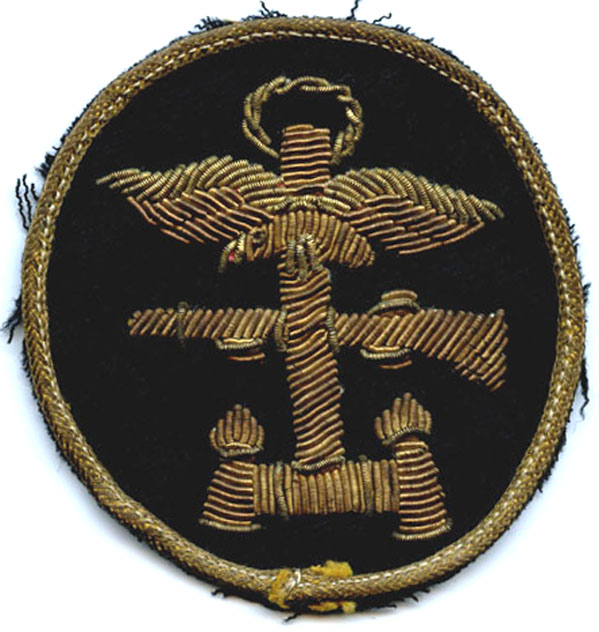The Operational Art Of War Iii Patch 3.4.0.202
For other uses, see. The Operational Art of War Players1 or 2Setup time 1 hourRandom chanceMediumSkill(s) requiredPlanning, strategy, tacticsThe Operational Art of War (TOAW) is a series of noted for their scope, detail, and flexibility in recreating, at an operational level, the major land battles of the 20th century. Crack sony vegas pro 11 build 682 x86. A design, published the first of the series in 1998. Bought the rights to the franchise and created a new game in 2006, TOAW 3, which was the first non-Norm Koger designed game in the series. This section is empty. You can help.
Operational Art
( February 2018)Games in the series published:. (1998). (1999).


The Operational Art of War II: Flashpoint Kosovo (1999). The Operational Art of War II: Elite Edition (2000).
The Operational Art of War: Century of Warfare (2000)published:. The Operational Art of War III (2006). The Operational Art of War IV (2017)Concept The basic appearance of the game is the traditional view onto a, although the player may choose a map-like overhead view with and basic info for the units, or an that depicts the units with small pictures of soldiers, tanks, etc. Gameplay is.The scale of the game is variable, with distances ranging from 2.5 km per hex to 50 km per hex, and each turn simulating from 1/4 day to 1 week of time, but is fundamentally 'operational', focusing on, and combat. The option of scale is left to a maker of a particular scenario to choose, resulting in a wide range of user-made scenarios; ranging from, for example, a small engagement in northern Germany between several companies to an entire on division scale.The maximum number of units that can be made in a scenario was 2,000 per side until TOAW IV, although managing more than 200 can often be complicated. Each unit is assigned unique equipment (types of infantry, tanks, aircraft, etc.) and given its own name, info and color code.The game also includes 'events', which is a series of programmable events which display a message and can have several different causes and effects. The variability of these events makes each scenario—when properly designed—very complex and variable.